|
Tao Te Ching
THE TAOISM OF LAO TZU
|
Tao Te Ching
|
The Book
The Taoism of Lao Tzu Explained. The great Taoist philosophy classic by Lao Tzu translated, and each of the 81 chapters extensively commented. Click the image to see the book at Amazon (paid link). |
Non-Action
The principle of non-action, wu-wei, is frequently propagated in the Tao Te Ching. Often, the best solution is not to act at all, and when action is needed, to do as little as possible. Most things in the world correct themselves, given time. When impatience makes us hurry to solve them, we may make things worse.
The passivity Lao Tzu speaks of is no surrender, but the patience to wait for the outcome. One should show trust in Tao, the Way, and how it governs the universe towards harmony. In many cases, what we perceive as problems demanding our attention are merely phases on the way to a good outcome, in no need of our meddling. How can we be sure of contributing, when we don't even know what will happen by itself?
Certainly, there can be situations when we do need to take action, and quickly, for example to save lives or to avoid disaster. Lao Tzu doesn't deny it, but he doubts that such occasions should excuse our interference when not necessary or called for.
We human beings have a tendency to regard ourselves as motors of the world, as if nothing would happen – at least nothing good – without our initiative. It's a kind of hubris of our species. The other creatures on the planet do what is in their nature, fulfilling their natural needs, and leave it at that. We repeatedly take on the roles of the gods we believe in, imagining that we can do their job or correct it. That's not likely to end well.
As for words, when we express in words what should be taught from one generation to the next, we might be like the priest imploring his congregation to live as he speaks, not as he lives. Words are necessary when action is flawed. We teach what our own behavior doesn't display. If we could act correctly, we would not need words to transmit it.
Because we act incorrectly, and far too much, we need words to convey what we should have done or refrained from doing.
That which is the softest in the world is Tao, and it surpasses everything, no matter how hard. Also that, which has no substance and therefore penetrates all things, is Tao. Tao is everywhere, and behind everything, since before the dawn of time and beyond its final hour.
Those who follow Tao live in accordance with the world, so they make sure to be soft. In addition, although they are unable to lose substance, they put little value to it. They know that what is truly important is what seems not to exist at all.
NEXT
Tao Te Ching Explained
Preface
Introduction
Literature
translated and explained by Stefan Stenudd.
1 |
2 |
3 |
4 |
5 |
6 |
7 |
8 |
9 |
10 |
11 |
12 |
13 |
14 |
15 |
16 |
17 |
18 |
19 |
20 |
21 |
22 |
23 |
24 |
25 |
26 |
27 |
28 |
29 |
30 |
31 |
32 |
33 |
34 |
35 |
36 |
37 |
38 |
39 |
40 |
41 |
42 |
43 |
44 |
45 |
46 |
47 |
48 |
49 |
50 |
51 |
52 |
53 |
54 |
55 |
56 |
57 |
58 |
59 |
60 |
61 |
62 |
63 |
64 |
65 |
66 |
67 |
68 |
69 |
70 |
71 |
72 |
73 |
74 |
75 |
76 |
77 |
78 |
79 |
80 |
81 |
Tao Te Ching Explained
James Legge's Tao Te Ching
Aleister Crowley's Tao Te Ching
The 1st Chapter of Tao Te Ching in 76 Versions
Lao Tzu — Legendary Author of Tao Te Ching
My Taoism BooksClick the image to see the book at Amazon (paid link).
The Taoism of Lao Tzu Explained. The great Taoist philosophy classic by Lao Tzu translated, and each of the 81 chapters extensively commented. |
About Cookies
My Other Websites:
I Ching Online
The 64 hexagrams of the Chinese classic I Ching and what they mean in divination. Try it online for free.
Qi Energy Exercises
The ancient Chinese life energy qi (chi) explained, with simple instructions on how to exercise it.
Life Energy
The many ancient and modern life force beliefs all over the world explained and compared.
Taoismen på svenska
Other Books by Stefan Stenudd
Click the image to see the book at Amazon (paid link).
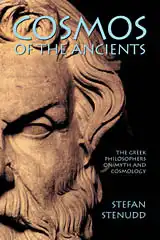 Cosmos of the Ancients
Cosmos of the Ancients
The Greek philosophers and what they thought about cosmology, myth, and the gods.
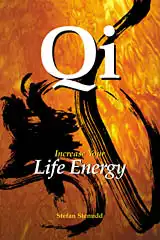 Qi — Increase Your Life Energy
Qi — Increase Your Life Energy
The life energy qi (also chi or ki) explained, with exercises on how to awaken, increase and use it.
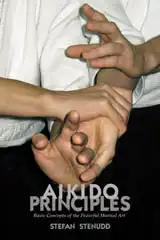 Aikido Principles
Aikido Principles
Basic concepts of the peaceful martial art. Aikido principles, philosophy, and fundamental ideas.
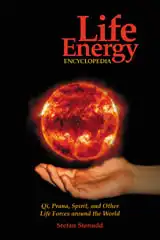 Life Energy Encyclopedia
Life Energy Encyclopedia
Qi, prana, spirit, ruach, pneuma, and many other life forces around the world explained and compared.
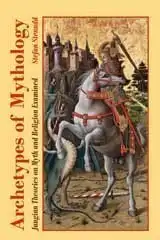 Archetypes of Mythology
Archetypes of Mythology
Jungian theories on myth and religion examined, from Carl G. Jung to Jordan B. Peterson.
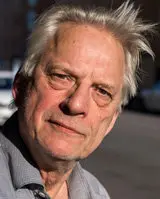 Stefan Stenudd
Stefan Stenudd
About me
I'm a Swedish author and aikido instructor. In addition to fiction, I've written books about Taoism and other East Asian traditions. I'm also an historian of ideas, researching ancient thought and mythology. Click the image to get to my personal website.Contact

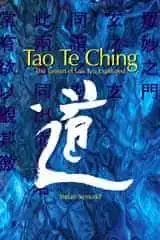 Tao Te Ching
Tao Te Ching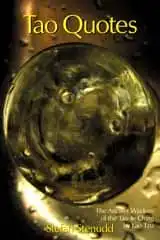 Tao Quotes
Tao Quotes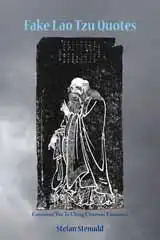 Fake Lao Tzu Quotes
Fake Lao Tzu Quotes